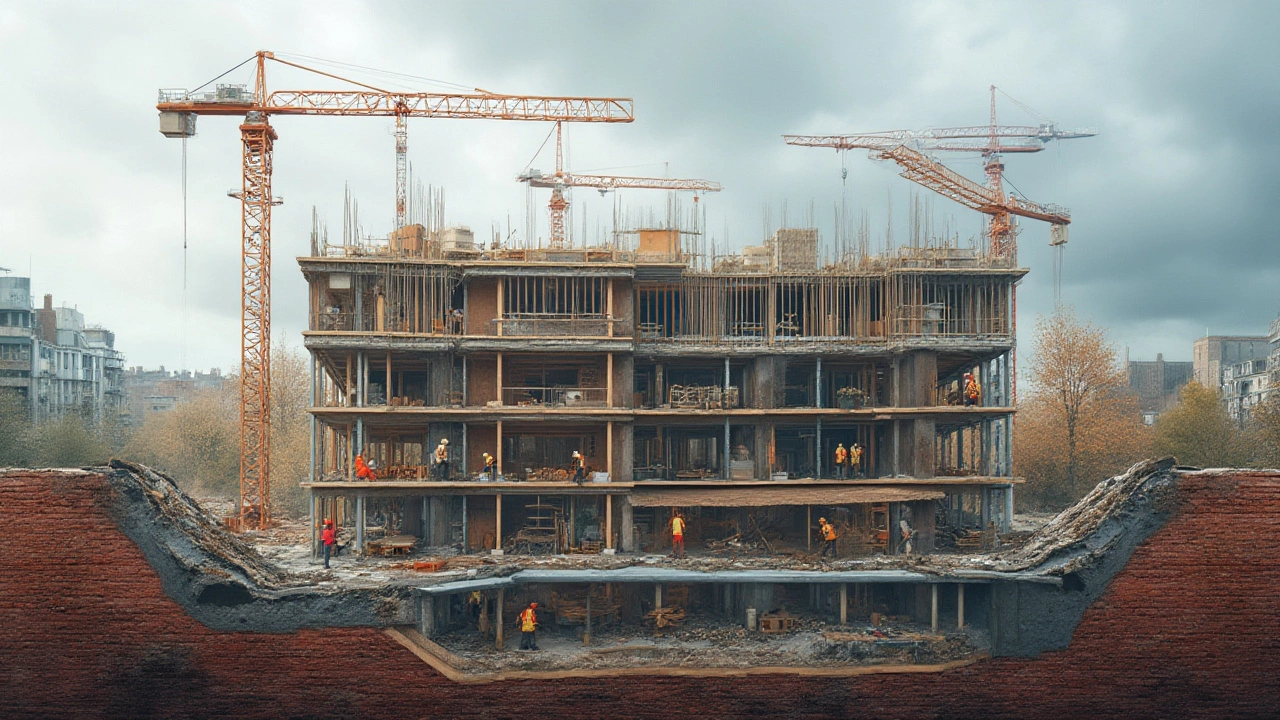Construction Material Guide: What Every Homeowner Should Know
When you start any remodel or build, the choice of material sets the tone for durability, cost and how the space will look. From a solid foundation to a sleek floor finish, the right material makes the job easier and the result last longer. Below you’ll find the basics you need before you head to the supplier.
Core Materials That Build Anything
Concrete, steel and wood are the three big players in construction. Concrete forms the backbone of foundations, driveways and slabs – it’s strong, fire‑resistant and cheap in bulk. Steel is the go‑to for structural support in larger projects; it bends less than wood and can span wider gaps, which is why many roof trusses and commercial frames use it. Wood stays popular for interior walls, floor joists and decorative features because it’s easy to work with and feels warm underfoot.
Choosing the Right Material for Your Project
First, think about the budget. Concrete and steel usually cost more up front but pay off with lower maintenance. If you’re on a tight budget, engineered timber can give you strength without the premium price of steel. Second, consider durability. For high‑traffic areas like living rooms, luxury vinyl plank or engineered hardwood, highlighted in our 2025 flooring trends, resist wear better than solid wood.
Third, check the environment. Recycled steel and sustainably sourced timber lower the carbon footprint of a build. Some homeowners even choose hempcrete or low‑VOC wood products for greener homes. Finally, match the material to the space: a moisture‑prone bathroom benefits from cement board under tiles, while a bedroom can use insulated wood panels for added comfort.
When you’re planning a roof replacement, remember that the material you pick influences the overall cost. Metal roofing, for example, lasts longer than traditional shingles but comes with a higher price tag. Our post on roof costs breaks down exactly why a $30,000 quote can feel steep and when it’s justified.
Foundation issues often stem from using the wrong mix of concrete or neglecting proper reinforcement. If you spot cracks early, a simple epoxy fill can stop the problem, but larger issues may need underpinning or piering—methods that can be pricey, as detailed in the “Most Expensive Foundation Repairs” guide.
Don’t forget about indoor air quality. Some building materials release VOCs that can trigger mold growth, especially in new builds with poor ventilation. Choosing low‑emission drywall and installing proper vapor barriers helps keep mold at bay, a topic we cover in the “Can New Build Homes Develop Mold?” article.
Lastly, keep an eye on trends. In 2025, engineered hardwood and luxury vinyl plank dominate living‑room flooring choices because they combine style, durability and budget‑friendliness. Pair these floors with a concrete subfloor for a sleek, modern look that also resists moisture.
By understanding the strengths and weaknesses of each construction material, you can make smarter decisions, stay on budget and end up with a space that looks good for years. Use this guide as a checklist before you buy, and you’ll avoid common pitfalls that can turn a simple remodel into a costly headache.
Understanding Construction Materials: Types, Uses, and Essential Facts
- Gavin Whitaker
- |
- |
- 0
A deep dive into construction materials: what they are, types, uses, how to choose, and which are driving innovation in the building world right now.
View more